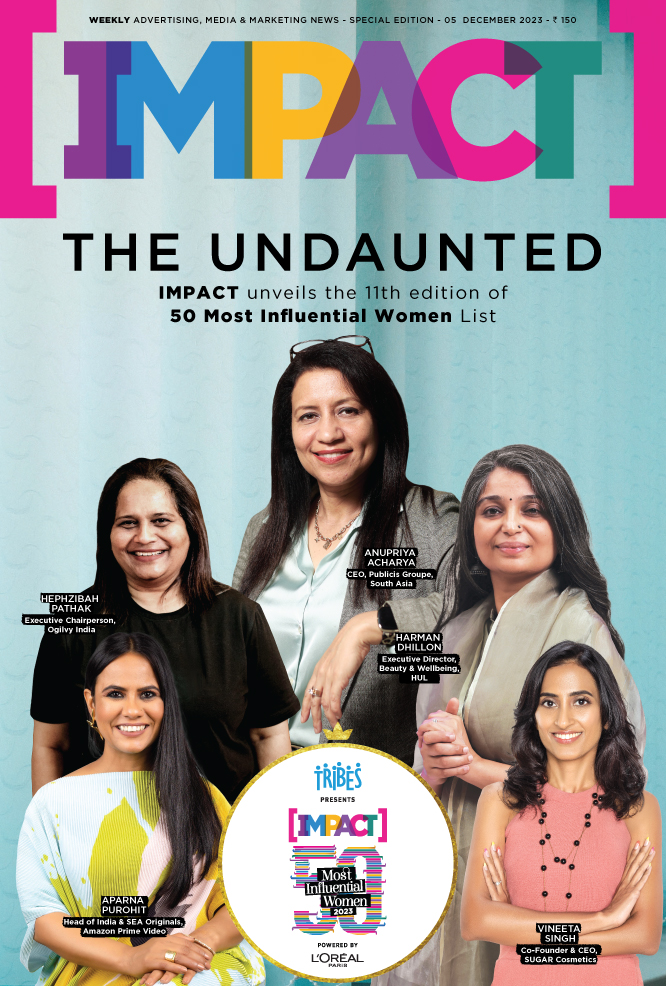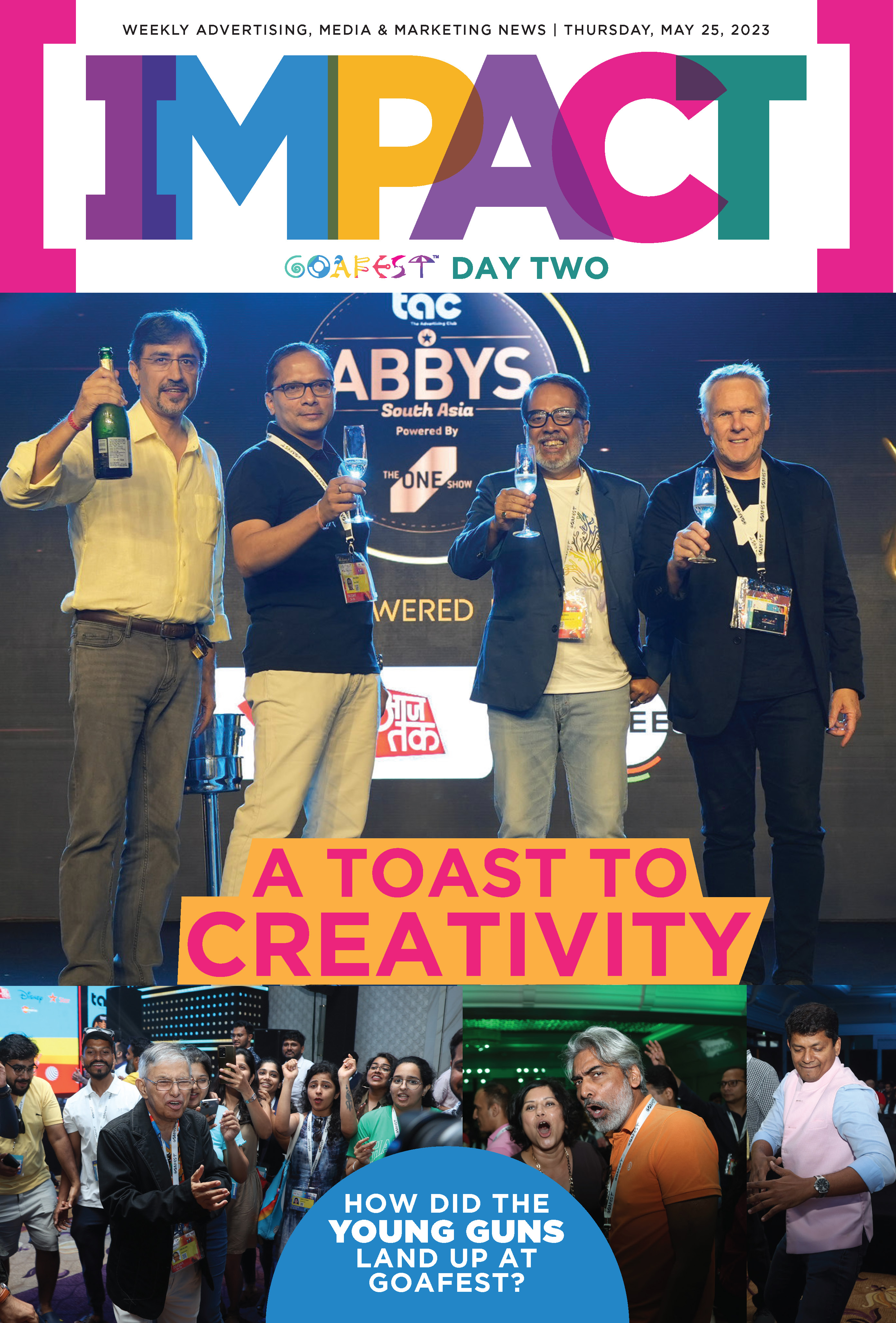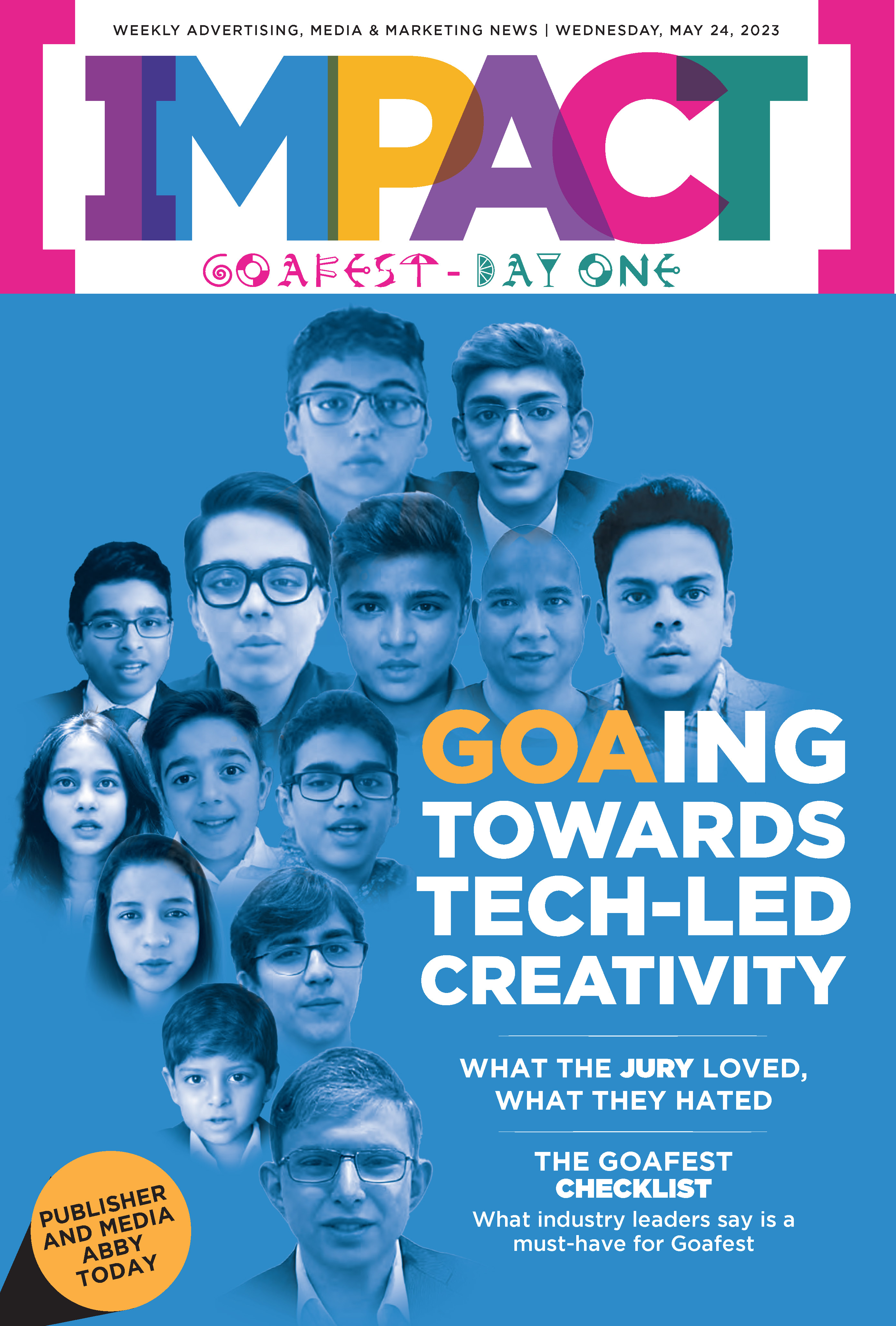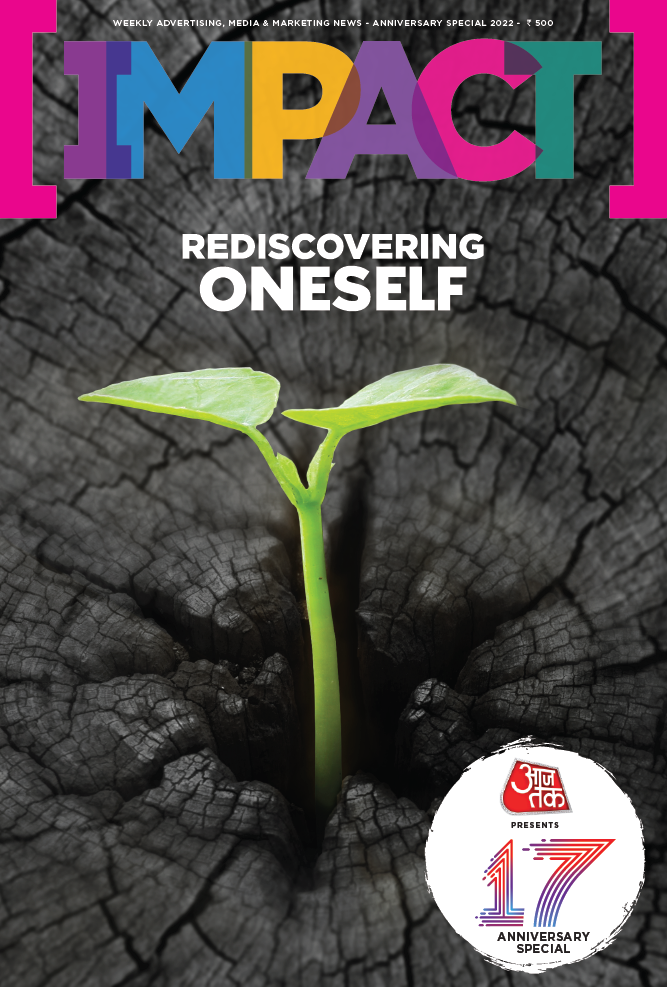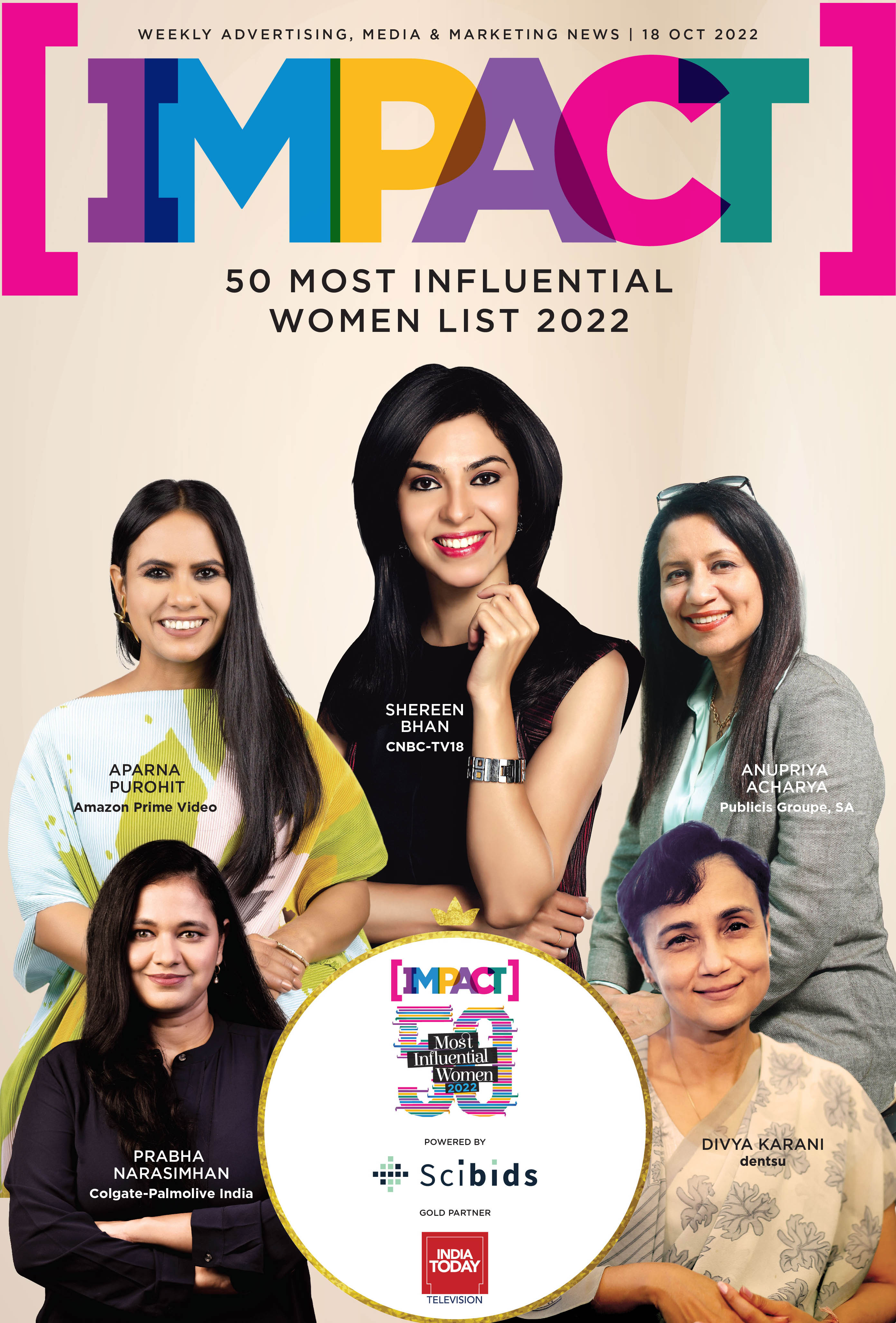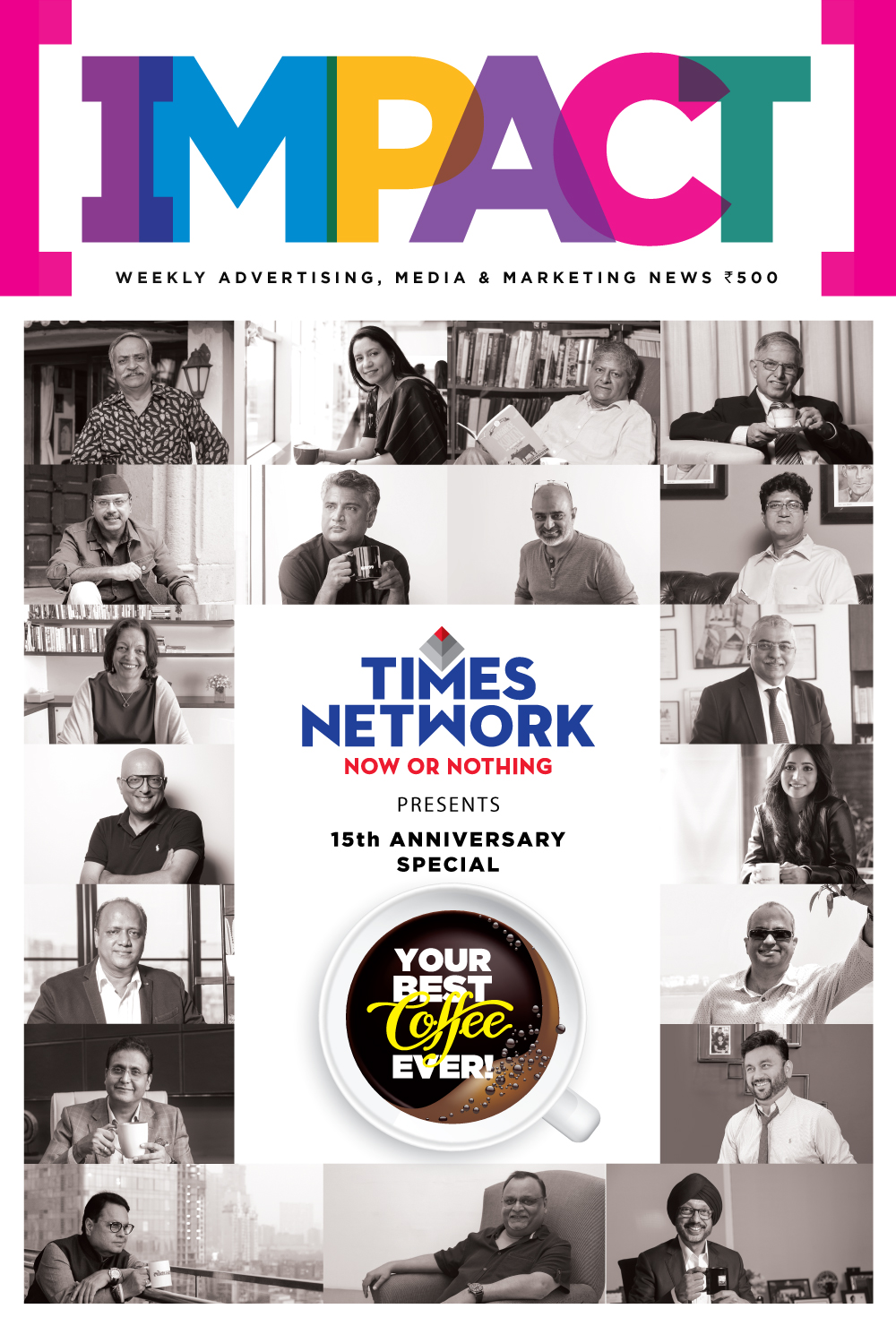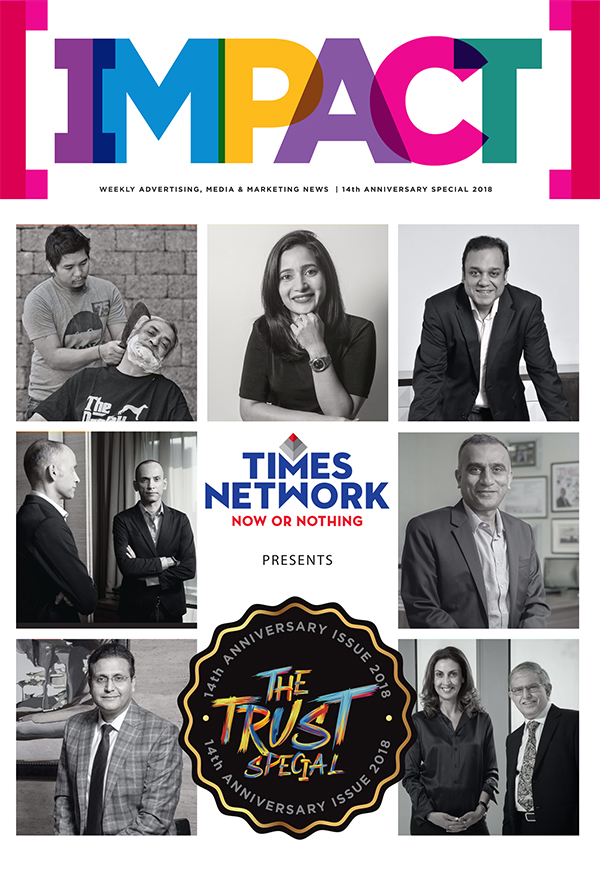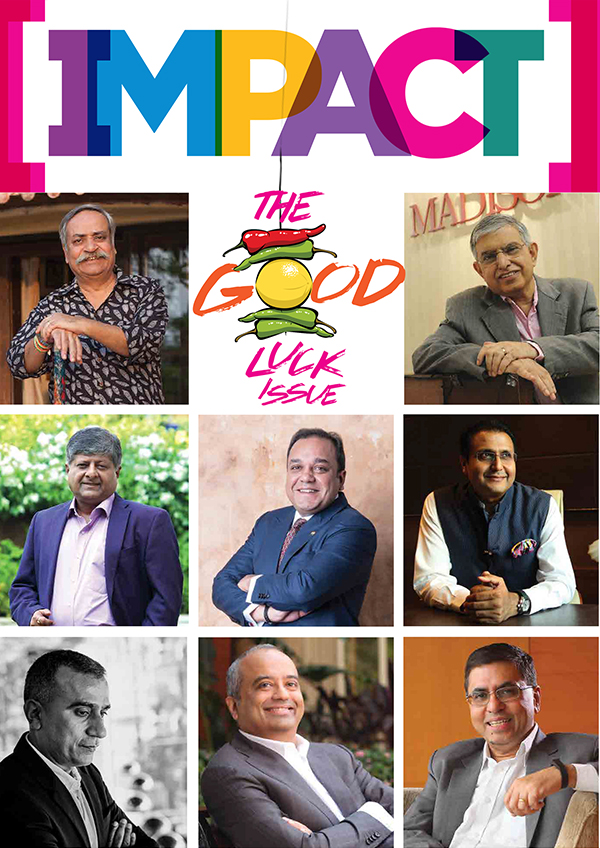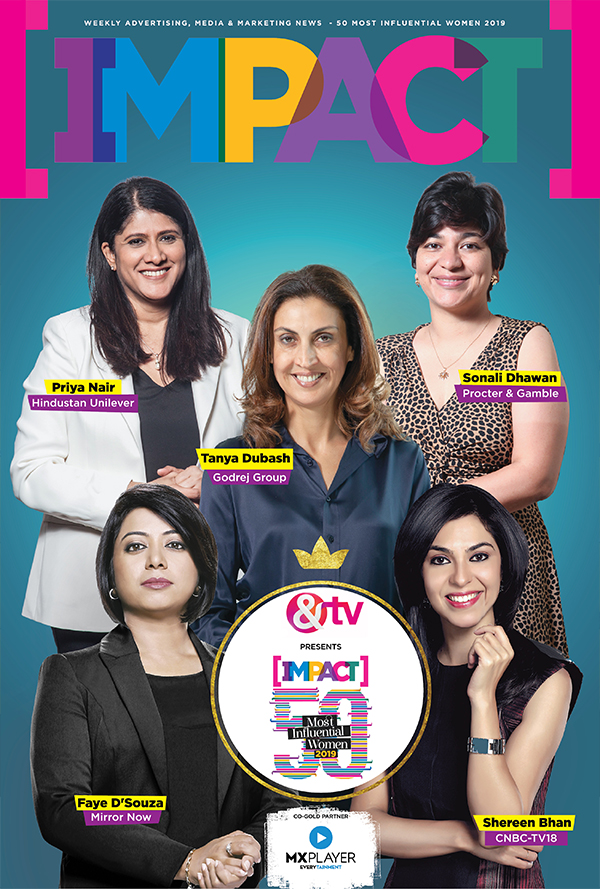AI-generated influencers arrived in India as a new kind of brand ambassador: virtual characters built to match campaign needs, speak multiple languages, and post round the clock. Developed by agencies like FUTR Studios, Collective Artists Network, and AVTR Meta Labs, they promised brands full control over their image, steady output, and the ability to connect with local and regional audiences, without the logistical challenges of working with human influencers. The wave began with high-profile collaborations: boAt’s ‘Future of Audio’ with Kyra, Myntra’s in-app stylist Maya, or Radhika Subramaniam’s travel-led storytelling but has since quietened. Many of these accounts have gone inactive, and brands are no longer lining up for AI avatar tie-ups at the same pace. “The initial excitement was driven by their promise to revolutionise marketing,” says Carol Goyal, Director at Rediffusion and Aesthetic Intelligence Lab. “They offered the brands complete creative control, scalability, and hyper-localised personas without the risks associated with human creators. They allowed marketers to craft ideal brand ambassadors, and tailor-made for campaigns,” she says.
The wave began with high-profile collaborations: boAt’s ‘Future of Audio’ with Kyra, Myntra’s in-app stylist Maya, or Radhika Subramaniam’s travel-led storytelling but has since quietened. Many of these accounts have gone inactive, and brands are no longer lining up for AI avatar tie-ups at the same pace. “The initial excitement was driven by their promise to revolutionise marketing,” says Carol Goyal, Director at Rediffusion and Aesthetic Intelligence Lab. “They offered the brands complete creative control, scalability, and hyper-localised personas without the risks associated with human creators. They allowed marketers to craft ideal brand ambassadors, and tailor-made for campaigns,” she says.
However, in the past year, the momentum has sharply declined. Several AI influencer accounts that once flourished with daily updates now post infrequently or have gone dormant. High-profile brand campaigns, which numbered in the dozens in 2022–23, now appear in single digits, reflecting a steep drop. Tracking data shows that Kyra alone completed several brand collaborations, including with L’Oréal, Boat, and Realme, by late 2023. Meanwhile, other avatars have seen follower counts plateau, with Maya at around 162,000 followers, Naina with 400,000, and Kyra at approximately 241,000. This decline in activity and collaboration is striking compared to an earlier phase when brands were building campaigns around new avatar launches almost every month.

But the slowdown raises questions: what caused this shift from high buzz to near silence? Part of the reason could be the fading novelty factor. When Kyra debuted in 2022 as India’s first virtual influencer, she grabbed headlines and sparked curiosity. But as more brands and agencies experimented with AI-led characters, the space quickly became crowded, and the exclusivity that once made these avatars special started to erode. Hasan Ali Naqvi, CEO, Weya.ai, sees this as a natural phase in the technology’s life cycle. “The AI influencers were rather a fad. At the moment, with AI-generated videos happening at full scale, anyone can build video avatars—so something which anyone can build does not hold much significance,” he says. He adds that while the initial wave was an “exciting sandbox for brands”, the true long-term value lies beyond novelty in operational consistency. hyper-personalisation, and round-the-clock control. “The challenge was always emotional depth and audience trust. Indian consumers, while digitally savvy, still seek authenticity, cultural nuance, and human relatability, and AI avatars haven’t fully crossed that threshold yet. This moment feels less like decline and more like a strategic pause,” he adds.
Hasan Ali Naqvi, CEO, Weya.ai, sees this as a natural phase in the technology’s life cycle. “The AI influencers were rather a fad. At the moment, with AI-generated videos happening at full scale, anyone can build video avatars—so something which anyone can build does not hold much significance,” he says. He adds that while the initial wave was an “exciting sandbox for brands”, the true long-term value lies beyond novelty in operational consistency. hyper-personalisation, and round-the-clock control. “The challenge was always emotional depth and audience trust. Indian consumers, while digitally savvy, still seek authenticity, cultural nuance, and human relatability, and AI avatars haven’t fully crossed that threshold yet. This moment feels less like decline and more like a strategic pause,” he adds.
Beyond the issue of novelty, there’s also the challenge of relatability. While virtual influencers can be programmed to engage, react, and even adopt local dialects, their interactions often lack the authenticity and cultural nuance that real influencers naturally convey. As Carol notes, AI avatars can ‘mimic engagement’ but often struggle to build the cultural credibility that earns lasting trust. In a market like India, where influencer culture is deeply tied to relatability and personalisation, this gap can limit their long-term resonance.
 Some players, however, are not reading the quiet as a retreat but a redirection. They see it as a natural evolution rather than a decline. Instead of relying solely on Instagram-driven visibility, agencies are now exploring more interactive, utility-driven formats for these avatars. Himanshu Goel, Co-founder and COO, FUTR Studios and the creator of Kyra, shares that the initial traction around Kyra revealed a deeper behavioural insight: followers didn’t just want to see her, they wanted to talk to her. He says the real shift came from observing how users interacted with her: “We realised that a static Instagram page is not the ultimate end goal for us. That’s when we started to explore, what if you could talk to her, like really talk to her? That’s where we saw the shift—from a virtual influencer to an AI companion. And thanks to Gen AI, we’re now able to do that. Over 400,000 users talk to our characters monthly, exchanging millions of messages.”
Some players, however, are not reading the quiet as a retreat but a redirection. They see it as a natural evolution rather than a decline. Instead of relying solely on Instagram-driven visibility, agencies are now exploring more interactive, utility-driven formats for these avatars. Himanshu Goel, Co-founder and COO, FUTR Studios and the creator of Kyra, shares that the initial traction around Kyra revealed a deeper behavioural insight: followers didn’t just want to see her, they wanted to talk to her. He says the real shift came from observing how users interacted with her: “We realised that a static Instagram page is not the ultimate end goal for us. That’s when we started to explore, what if you could talk to her, like really talk to her? That’s where we saw the shift—from a virtual influencer to an AI companion. And thanks to Gen AI, we’re now able to do that. Over 400,000 users talk to our characters monthly, exchanging millions of messages.” Take, for example, Maya by Myntra, launched in 2023. It is an AI-powered personal fashion assistant, integrated within the app to enhance user experience. As one of the earliest virtual fashion stylists in Indian e-commerce, Maya marks Myntra’s step into the Gen AI space, offering a more personalised and intuitive shopping journey. Lakshminarayan Swaminathan, Vice President, Product Management & Design, Myntra, said, “At Myntra, we’re leveraging both generative and conversational AI to hyper-personalise solutions and elevate the shopping journey. Maya, our conversational AI assistant, has been a key enabler in this transformation, making product navigation more intuitive and accessible across our vast catalogue of over 4 million styles. With a 25% repeat interaction rate, Maya continues to demonstrate strong user affinity.”
Take, for example, Maya by Myntra, launched in 2023. It is an AI-powered personal fashion assistant, integrated within the app to enhance user experience. As one of the earliest virtual fashion stylists in Indian e-commerce, Maya marks Myntra’s step into the Gen AI space, offering a more personalised and intuitive shopping journey. Lakshminarayan Swaminathan, Vice President, Product Management & Design, Myntra, said, “At Myntra, we’re leveraging both generative and conversational AI to hyper-personalise solutions and elevate the shopping journey. Maya, our conversational AI assistant, has been a key enabler in this transformation, making product navigation more intuitive and accessible across our vast catalogue of over 4 million styles. With a 25% repeat interaction rate, Maya continues to demonstrate strong user affinity.” It’s not just digital characters. Fully AI-powered animated videos—beyond deepfakes or pre-fed avatars—now generate entire short films and brand stories with minimal human input. From scripting and voiceovers to animation and post-production, every element is stitched together by AI. Pratilipi, the storytelling platform, for example, partnered with Teevra Studios to launch India’s first generative AI-powered animated series, Bedard Piya. Rajeev Tamhankar, Business Head, Pratilipi Comics shares, “At Pratilipi, we’re using AI to bring powerful stories to life through animated video series, making storytelling faster, scalable, and more accessible. As long as the story touches hearts, it doesn’t matter where it originates, human or AI, rural or urban, regional or global.”
It’s not just digital characters. Fully AI-powered animated videos—beyond deepfakes or pre-fed avatars—now generate entire short films and brand stories with minimal human input. From scripting and voiceovers to animation and post-production, every element is stitched together by AI. Pratilipi, the storytelling platform, for example, partnered with Teevra Studios to launch India’s first generative AI-powered animated series, Bedard Piya. Rajeev Tamhankar, Business Head, Pratilipi Comics shares, “At Pratilipi, we’re using AI to bring powerful stories to life through animated video series, making storytelling faster, scalable, and more accessible. As long as the story touches hearts, it doesn’t matter where it originates, human or AI, rural or urban, regional or global.”
With the space shifting rapidly, the question that remains is: What is the future of AI influencers in India? And with that so, how do you think the public interest is getting affected by it? Even so, few in the industry believe this is the end of the road for AI influencers. If anything, this moment is paving the way for a more purposeful, behind-the-scenes role. Abhishek Razdaan, Co-founder and CEO, Avtr Meta Labs, sees this not as a phase-out but a strategic realignment. “Rather than fading into obscurity, the AI influencer space is evolving into an essential part of a brand’s long-term digital ecosystem,” he says. “Their role will expand beyond traditional marketing into areas that enhance efficiency, engagement, and trust—while addressing the growing need for cultural relevance and social responsibility.”
Even so, few in the industry believe this is the end of the road for AI influencers. If anything, this moment is paving the way for a more purposeful, behind-the-scenes role. Abhishek Razdaan, Co-founder and CEO, Avtr Meta Labs, sees this not as a phase-out but a strategic realignment. “Rather than fading into obscurity, the AI influencer space is evolving into an essential part of a brand’s long-term digital ecosystem,” he says. “Their role will expand beyond traditional marketing into areas that enhance efficiency, engagement, and trust—while addressing the growing need for cultural relevance and social responsibility.”
But trust remains the core hurdle. Even as brands integrate these avatars deeper into their ecosystems, questions persist around their ability to hold attention or build credibility over time. They may engage on the surface but lack the depth and unpredictability that human creators bring. Himanshu adds, “AI avatars will play a huge role for brands, but it needs to evolve. It cannot just be a static Instagram page, the characters should be living and breathing. They should be able to talk to customers, inform them, resolve their queries and even entertain them. We are already seeing a lot of brands automate their customer service pipelines. AI avatars can play a major role in that area while maintaining a brand’s digital identity.”
As the recalibration takes shape, avatars are being repositioned not as digital celebrities, but as brand utilities, built for consistency, scalability, and support. “The AI influencer space is maturing into a more strategic role,” says Razdaan. “They can serve as multilingual customer support agents in sectors like banking, telecom, and e-commerce—handling complex queries and providing 24/7 availability. In social impact campaigns, avatars like Naina can drive national initiatives, from promoting digital safety to health awareness. Furthermore, in the lifestyle industry, they can offer tailored product recommendations based on individual preferences, analyse customer data, and even provide virtual try-ons or consultations. This level of personalisation enhances customer satisfaction and loyalty, while also providing brands with invaluable data,” he adds.
The influencers’ visibility may fade, but the infrastructure is only beginning to take shape. In the next phase, these characters may not be designed to entertain or inspire but simply to work: as stylists, support agents, and smart assistants woven quietly into everyday digital life. Their visibility may diminish, but their integration into the mechanics of digital engagement is likely to deepen, shifting the focus from persona to performance. But as the line between creator and code continues to blur, the question is whether audiences will recalibrate their expectations, or redefine authenticity altogether.












